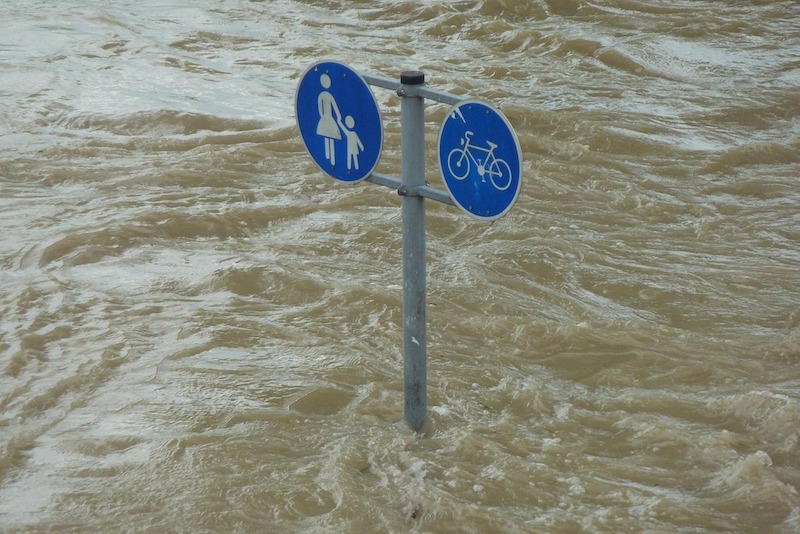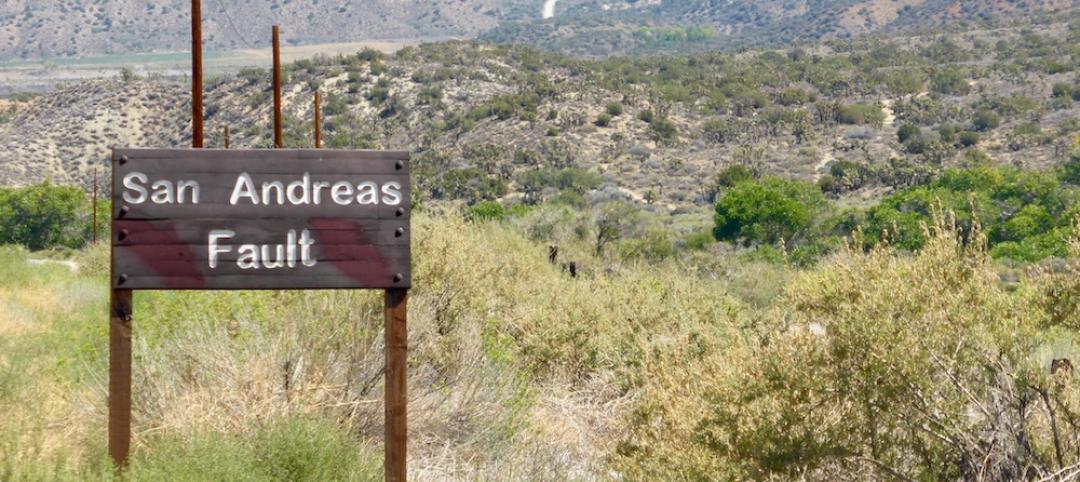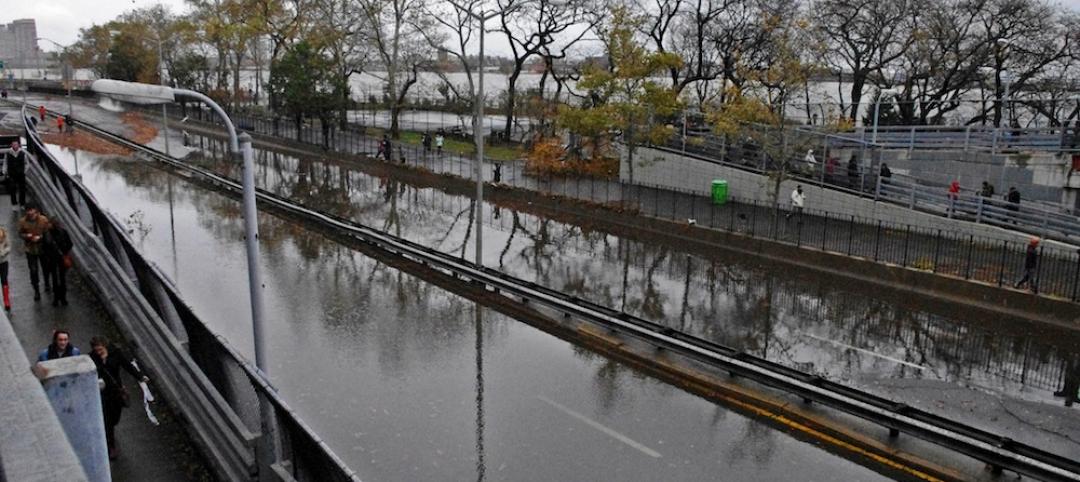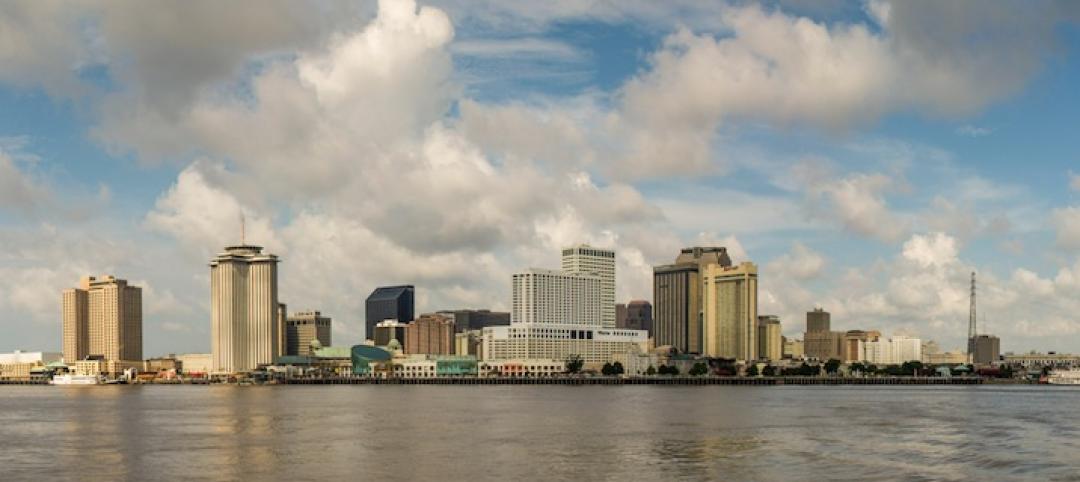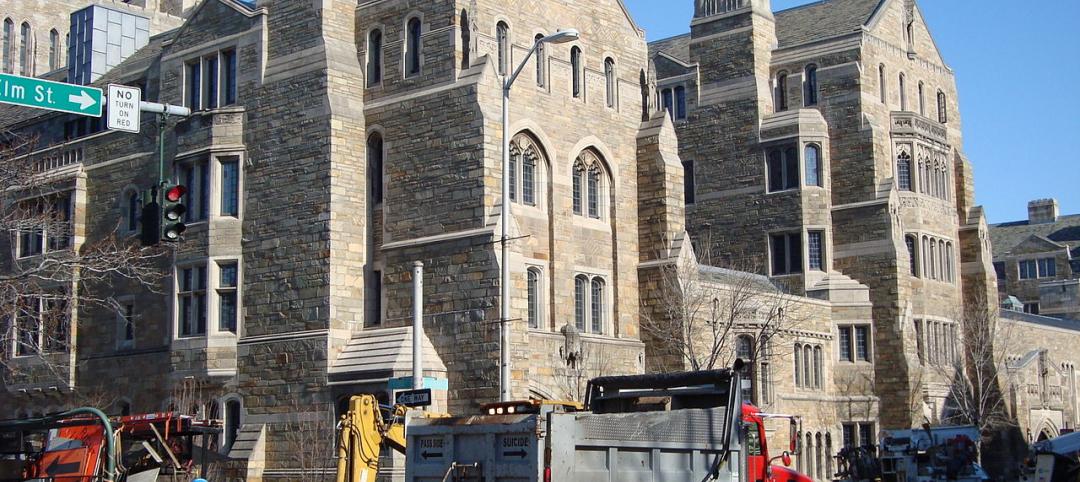The global engineering firm Arup has joined forces with First Street Foundation, a nonprofit that specializes in climate science and flood modeling, for the purpose of co-creating products that provide climate risk data for various property types.
This partnership will combine Arup’s expertise in risk and resilience engineering with First Street Foundation’s datasets for climate-adjusted national disasters. The goal of this collaboration, according to the firms, is to gauge the risk from climate change on the built environment, and to support organizations and entities that help mitigate that risk.
In 2020, there were 22 separate billion-dollar weather and climate disasters across the U.S., which also experienced a record number of named tropical storms (30), 12 of which made landfall, according to National Oceanic and Atmospheric Administration’s National Centers for Environmental Information. Through July 9, there have been another eight weather/climate disaster events this year with losses exceeding $1 billion.
RISK ASSESSMENT REPORTS AND DATA
“The threat of experiencing severe environmental disaster is accelerating in the United States due to the reality of a changing climate,” asserts First Street Foundation’s Founder and Executive Director Matthew Eby. “Partnering with Arup allows First Street Foundation to leverage our data and climate hazard modeling capacities to enable a fuller understanding of the extent and nature of the risks to the built environment.”
In June 2020, the Foundation released its First National Flood Risk Assessment for the continental U.S., which it produced in partnership with researchers and hydrologists from Fathom, Rhodium Group, and academic institutions. That report identifies the equivalent of 14.6 million properties across the country at substantial risk from climate change, of which 5.9 million properties and their owners were unaware of that risk. The Foundation also released FloodFactor.com, a website that uses the Foundation’s national flood model to provide probable climate-adjusted flood risk for every American home.
Last February, the Foundation released its Cost of Climate national report, which applies the Foundation’s flood model to an analysis of depth-damage functions from the U.S. Army Corps of Engineers to estimate average annual loss for residential properties today and into the future. This study finds nearly 4.3 million residential homes with substantial flood risk that would result in financial loss. To insure these homes through the National Flood Insurance program would require increasing premium rates 4.5 times to cover the estimated risk in 2021, and 7.2 times to cover the growing risk by 2051.
The Foundation’s data are leveraged by all levels of government and industry. And its partnership with Arup allows the Foundation to continue its efforts to provide critical insights to businesses and policy makers.
A LONGTIME CONCERN
Arup’s specialty—via its multidisciplinary team of engineers, planners, and analysts—is guiding companies and organizations toward greater resilience. This has been a concern of the firm for at least a decade: In 2012, for example, it rolled out its City Resilience Index, developed with The Rockefeller Foundation, and comprised of 52 indicators based on responses to 156 questions.
Arup currently provides end-to-end climate risk and strategic resilience advice for a diverse range of projects that include university campuses, data centers, tech companies, manufacturers, real estate developers, healthcare providers, and utility and transit operators.
Ibrahim Almufti, Arup’s Resilience Leader in San Francisco, states that as climate change intensifies, “it is increasingly important to prepare organizations and adapt assets for the future. Teaming with First Street Foundation allows us to scale our advisory so that it benefits more people, organizations, and communities.”
Arup and First Street Foundation plan to announce what initiatives and products they are developing “in the near future.”
Related Stories
Resiliency | Feb 16, 2016
Obama establishes federal earthquake risk management standard
The standard requires federal agencies to use earthquake-resistant design provisions in current building codes.
Resiliency | Feb 2, 2016
New York City’s post-Hurricane Sandy resiliency efforts hailed as exemplar
Lessons learned can help urban areas cope with climate change impacts.
Resiliency | Jan 29, 2016
Section of New Orleans will try new approach to flood control
The city will turn to a retain and control storm water strategy.
Resiliency | Jan 13, 2016
LEED credits on resiliency expected to influence future of building design
Post-disaster survivability is a key goal.
Resiliency | Dec 7, 2015
New earthquake rating system released by the U.S. Resiliency Council
Intended for building owners and leasing, finance, and insurance industry.


